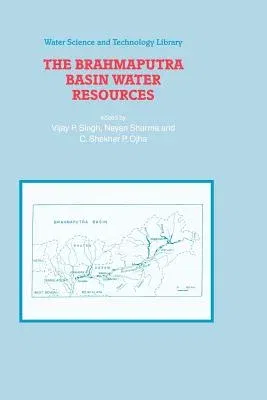The Brahmaputra River is a precious gift of Nature to India and
especially to its northeast region. The meaning of this gift becomes
evident immediately when one considers the vastness of water resources
which the Brahmaputra River basin possesses. Nearly 30% of India's water
resources potential and 41% of the country's total hydropower potential
are found in this basin. In terms of the average discharge, the
Brahmaputra River is the fifth largest river in the world. Traversing a
distance of about 2,900 kilometers from Tibet at an elevation of 5,150
meters to the Bay of Bengal and draining an area of nearly 1. 6 million
square kilometres shared by Tibet, India and Bangladesh, it has shaped
the social, economic, cultural, religious, political, and linguistic
fabric of the northeast region of India from time immemorial. Its
majestic disposition is nothing short of poetic. The northeast region
has a colourful ethnic and non-ethnic population and represents almost a
miniature India. Its biodiversity of flora and fauna and other natural
ecosystems is unsurpassable. The northeast region of India is endowed
with enormous natural resources and the huge potential of the
Brahmaputra River basin. These resources notwithstanding, this part of
India remains woefully underdeveloped. The current state of low
development of the northeast region can arguably be attributed to a
multitude of factors.


